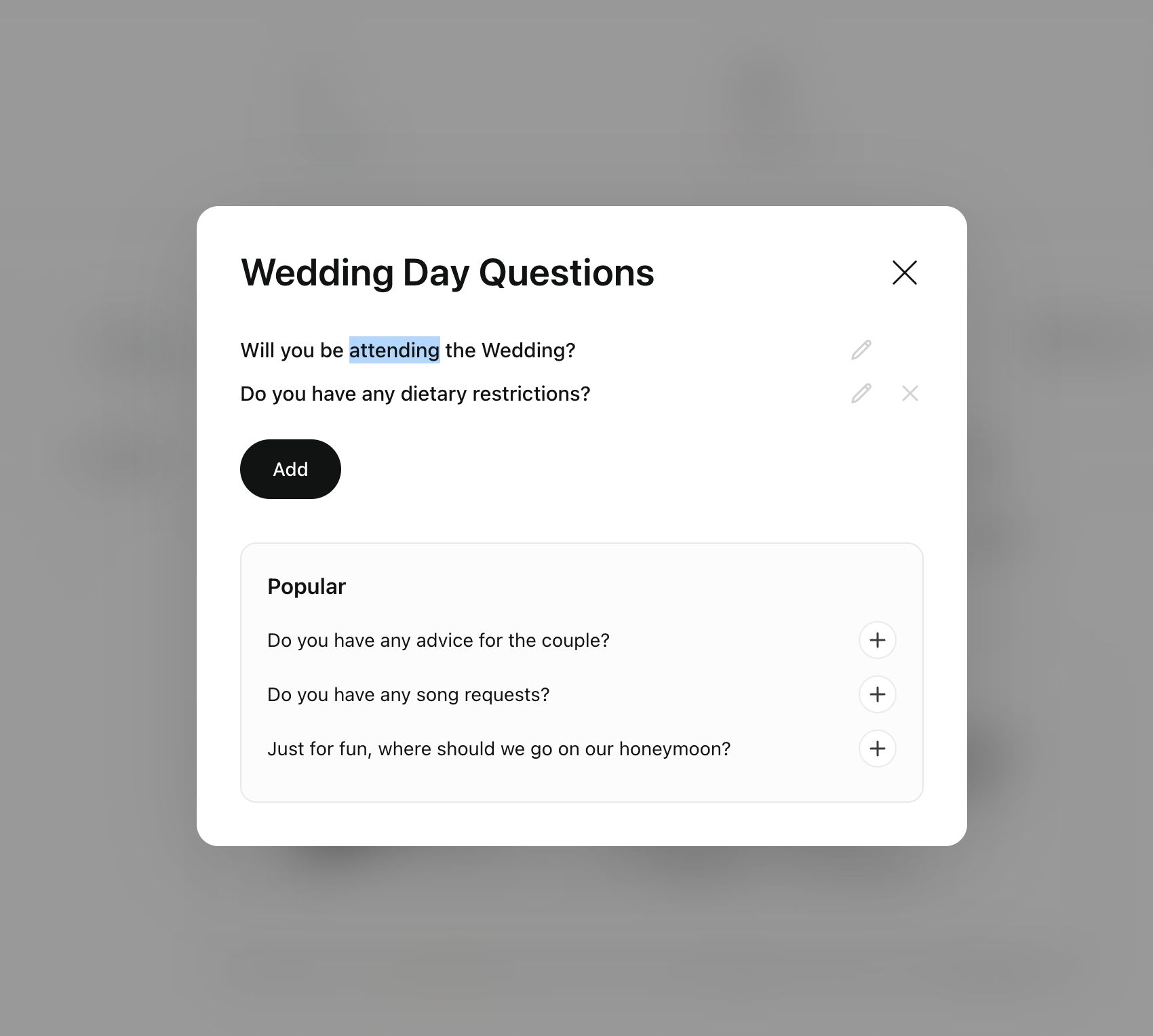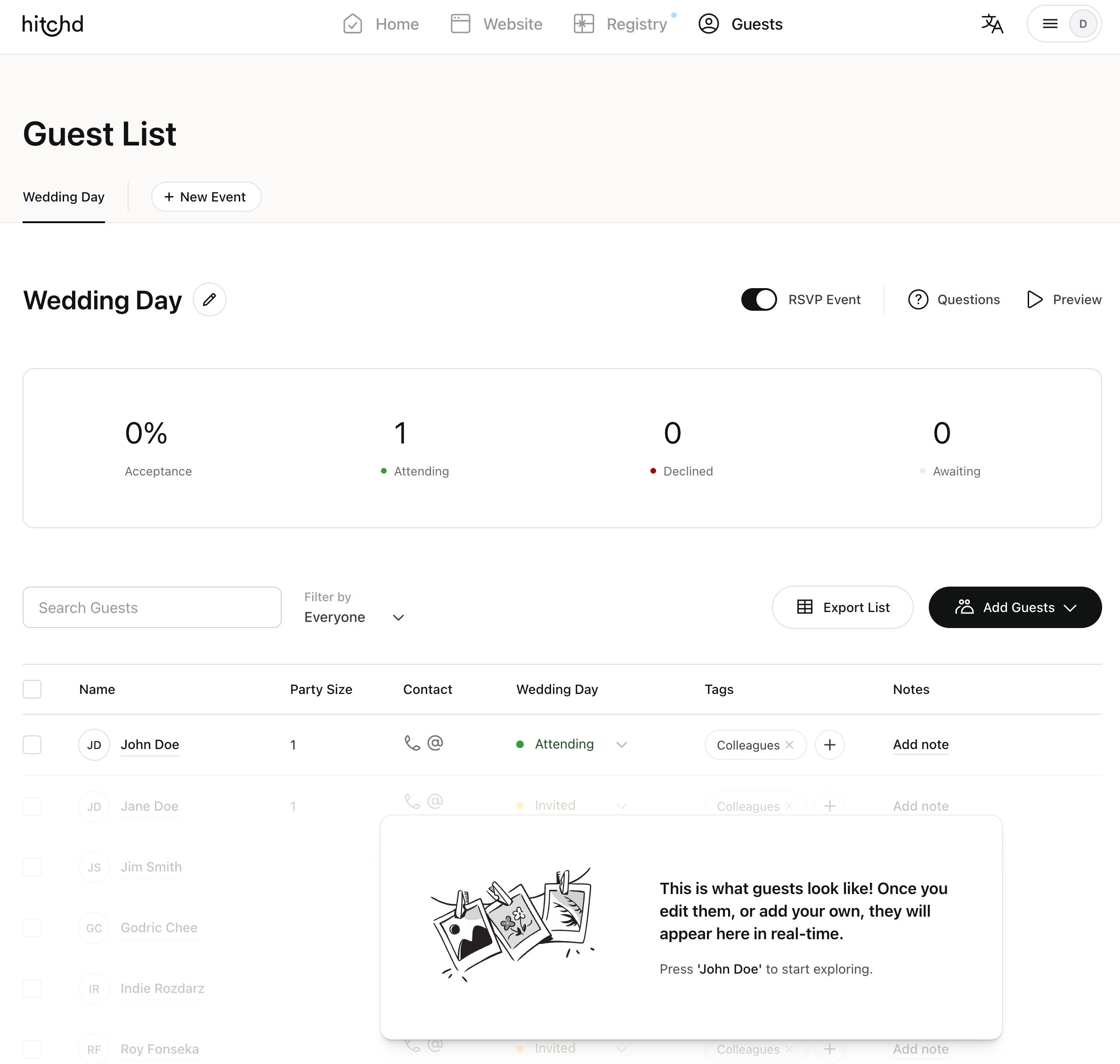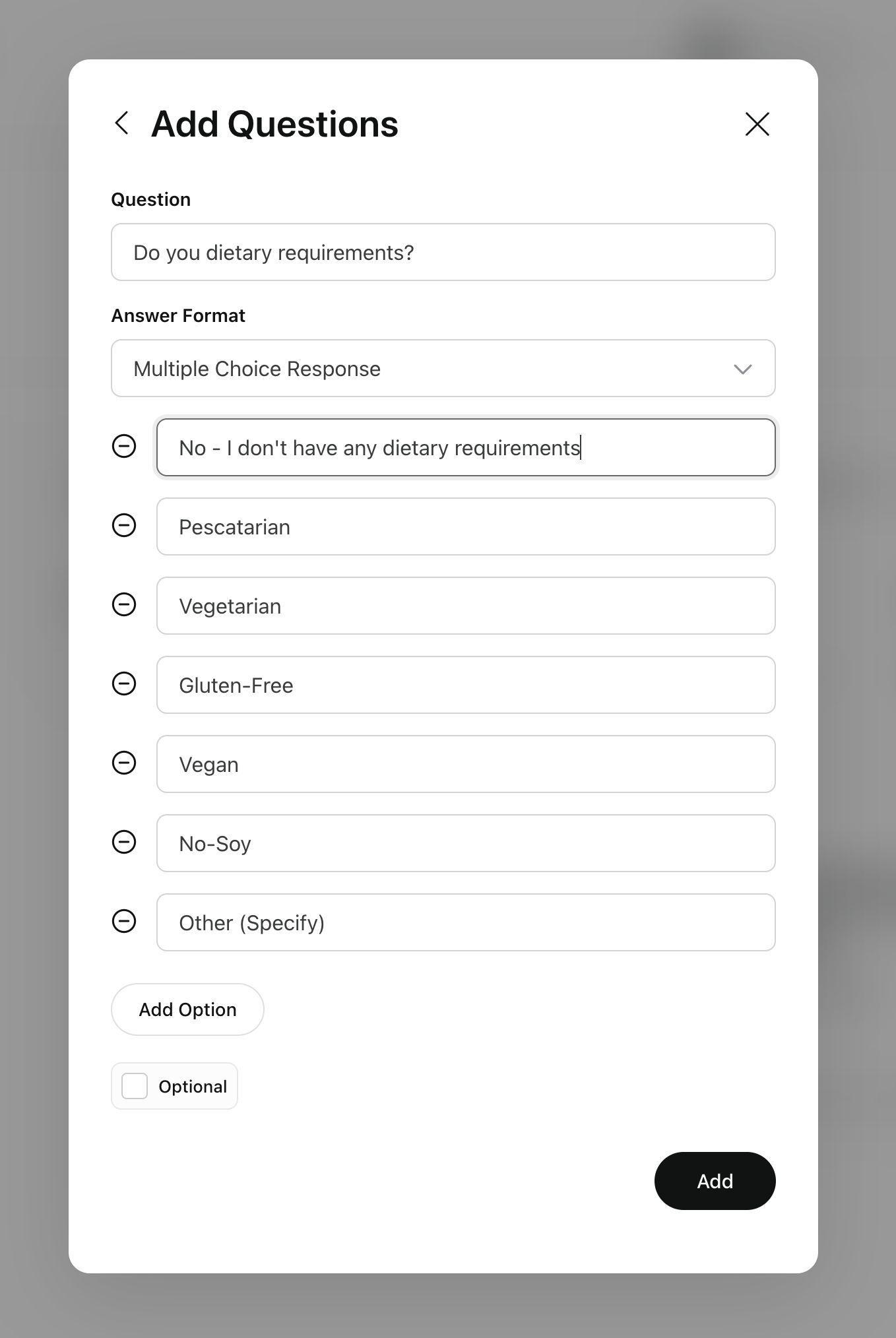How to Slim Down your Wedding Guest List—A Guide
Let’s face it—deciding who makes the cut for your wedding guest list can feel like starring in your own reality show, complete with drama, tough decisions, and a little guilt sprinkled in. Whether you’re planning a lavish affair or an intimate gathering, the guest list is one of the most challenging aspects of wedding planning. It’s not just about counting heads; it’s about managing expectations, balancing budgets, and, of course, minimizing those dreaded hurt feelings. But here’s the good news: with the right strategies, you can create a guest list that feels just right for you and your partner, without sacrificing your sanity—or your relationships. Let’s dive into how to trim that guest list like a pro and keep everyone smiling (or at least, not frowning too hard).
Who Makes the Cut? Strategies for Creating Your Wedding Guest List
Creating your wedding guest list can feel like an episode of Survivor: who stays, who gets voted off, and how do you make these decisions without turning your living room into tribal council? Start by getting the basics down: immediate family, close friends, and your wedding party. These are your non-negotiables, the people who have been there for the big moments, the late-night calls, the celebrations, and even the tears. Think parents, siblings, best friends, and those friends who are basically family.
Now comes the trickier part: the extended circles. Your sets of parents might have their own ideas of who should be invited—think their bridge club, your childhood neighbors, or that cousin you haven’t seen since the ‘90s. It’s important to set clear boundaries early on. Sit down with your parents and explain your vision for a smaller, more intimate gathering. Be honest but gentle; frame it around budget constraints or venue size, which are often easier reasons for them to understand and accept.
One tried-and-true strategy is the A-list and B-list method. Your A-list is your must-haves—the people you can’t imagine your day without. Your B-list is your nice-to-haves—the folks you’d love to celebrate with, but who might not make the final cut if space or budget is tight. Send out your A-list invitations first, and as regrets come in, start sending invites to your B-list. It’s a way to make sure you don’t overextend yourself from the get-go.
Remember, just because you’ve been invited to someone else’s wedding doesn’t mean you’re obligated to invite them to yours. And the same goes for plus-ones; unless your guest is in a serious relationship, it’s perfectly acceptable to invite them solo. If they ask about bringing someone, you can always explain that you’re keeping things small and personal. It’s your day, and your guest list should reflect the people who truly matter most to you.
Navigating Tricky Situations: Handling Hurt Feelings and Obligations
Ah, the inevitable minefield of hurt feelings. You’re trying to plan a celebration, not a war zone, but trimming the guest list can sometimes feel like you’re walking a tightrope over a pit of emotional crocodiles. So, how do you navigate these tricky situations without needing a mediator? Start with empathy and honesty. If someone’s feelings are hurt because they didn’t make the list, acknowledge their feelings without immediately caving in. It’s perfectly okay to say, “We wish we could invite everyone, but our venue size and budget just don’t allow it.”
One of the biggest traps couples fall into is the “obligation invite”—that creeping sense that you need to include your second cousin twice removed, or your parents’ neighbors, just because you feel obligated. A good rule of thumb: if you wouldn’t take this person out for a one-on-one meal, they probably don’t need a seat at your wedding. Another tactic? The “no contact, no invite” rule: if you haven’t spoken to them in the past year, they likely won’t feel slighted if they don’t get an invite.
What about coworkers? The office can be another guest list battleground. If you’re inviting one colleague, does that mean you have to invite the whole team? The answer is a resounding no. Stick to those you have personal relationships with—maybe the ones you grab lunch with regularly or who have been part of your life outside of work. You’re not obligated to invite your boss, your entire department, or anyone else just because you see them Monday through Friday.
The key to handling hurt feelings is to keep the focus on your priorities. This is your day, and it’s meant to be a reflection of your relationship, your values, and your closest circles. It’s okay if that doesn’t include everyone who thinks they should be there. Be kind, be firm, and remember that at the end of the day, your wedding is about celebrating love—not placating every last acquaintance.
Kid-Free or Not? Deciding on Adults Only Invitations
Deciding whether to invite children to your wedding can be another touchy topic. On one hand, you adore your nieces and nephews; on the other, the thought of a toddler meltdown mid-vows is enough to make you break out in hives. The good news is, it’s completely acceptable to have an adults-only wedding—just make sure you communicate it clearly and tactfully.
Include a note on your wedding invitations or your website, such as, “While we love your little ones, we’ve chosen to make this an adults-only celebration.” You can also use wording like, “Respectfully, no children, please,” which keeps the tone polite yet firm. For guests traveling with kids, consider providing recommendations for local babysitters or offering a child care service during the wedding, so they can still attend without the stress of finding care.
The benefits of a kid-free wedding? A more relaxed atmosphere for adult guests, fewer logistical challenges (like high chairs and kids’ meals), and let’s not forget—the potential for a little more dancing and fewer distractions. You might get some pushback, but ultimately, this decision is about what makes the day most enjoyable for you and your partner. If you want your wedding to be a night off for parents, then by all means, go adults-only.
Destination Wedding Considerations: Who Really Needs to Be There?
Destination weddings come with their own set of guest list challenges, but they also present a golden opportunity to naturally slim down your invite list. When you’re asking guests to travel, take time off work, and possibly book international flights, it becomes much easier to limit invites without the same level of guilt. Your close friends and family members will likely be thrilled to make the trip, while others might see it as a reason to graciously decline.
Prioritize guests who will add the most joy to your celebration and who are likely to make the effort to attend. Destination weddings can create a more intimate experience, as you spend extended time with your guests over a few days rather than just a few hours. It’s about quality over quantity, and the memories of that time together will feel even more special with a smaller, more dedicated group.
Remember, destination weddings often come with built-in limitations—whether it’s the size of the venue, the capacity of a beachside resort, or even the number of guests you can accommodate for excursions or group dinners. Use these limitations to your advantage when explaining to those who didn’t make the cut. The combination of logistical constraints and travel costs makes it easier to keep the guest list tight without the extra layer of hurt feelings.
Managing the Guest List: From RSVPs to Meal Preferences
Now that you’ve managed to curate the perfect guest list, the real work begins: managing RSVPs, meal preferences, and all those little details that keep the train on the tracks. Sure, you could go old-school with an Excel spreadsheet, but it won’t automatically update when someone sends in an RSVP, nor will you get to see guest responses to their RSVPs at a glance unless you manually enter that information yourself…who really has time for that? This is where a guest list manager comes in handy. The right tool will bring together your registry, wedding website, and guest list management into one seamless experience.

With Hitchd, guests can RSVP online, which means no more waiting for response cards to trickle in by mail. They can also indicate meal preferences, list their plus-one’s name, and even let you know about any dietary restrictions. This all-in-one approach saves you from sifting through endless emails or trying to decode someone’s handwriting on an RSVP card. Everything is organized in one place, making it easy to track who’s coming, who hasn’t responded, and what everyone’s eating.
Need to send out a quick reminder to those procrastinators who still haven’t RSVPed? You can do that with a click. Want to keep track of who’s getting which meal? Done. It’s like having a digital wedding planner at your fingertips, keeping everything neat, organized, and under control.

The Importance of a Seating Chart and How to Make It Work
Ah, the seating chart. If the guest list is the appetizer of wedding planning challenges, the seating chart is the main course. But done right, a seating chart can make your reception flow smoothly and ensure that all your guests feel comfortable and connected. Start by considering your guest dynamics—grouping people by how they know you, or by common interests, can make for a lively and enjoyable atmosphere.
Use a tool to keep track of your guests’ RSVPs and meal choices, and then use that data to start placing people at tables. Keep your family members close but not too close—no one wants to feel like they’re at the head table unless they’re actually supposed to be. For friends, think about grouping by how well they know each other or by shared activities (your college friends at one table, work colleagues at another).
And don’t forget to consider any potential landmines. That friend who had a falling out with someone else on your guest list? Best to keep them at separate ends of the room. Once you’ve got your seating chart mapped out, easily shuffle guests around until it feels just right. The seating chart might feel like a giant puzzle, but the reward is a reception where everyone feels welcomed, included, and ready to celebrate.

Crafting the perfect guest list is one of the toughest tasks of wedding planning, but it’s also one of the most important. By focusing on who truly matters, setting clear boundaries, and using modern tools to manage the process, you can create a wedding that feels just right for you and your partner. Don’t be afraid to make tough decisions about who makes the cut—it’s your day, after all. And with a little planning and the right approach, you can keep everyone smiling, engaged, and ready to celebrate your love story.
FAQs
1. How do I handle plus-ones on my guest list?
Deciding on plus-ones can be tricky, especially when trying to keep the guest count under control. A good rule of thumb is to offer plus-ones to guests who are in serious relationships or married. For single friends, consider whether they’ll know others at the wedding; if not, offering a plus-one can make them feel more comfortable. Be clear on your invitations by addressing it specifically, like “John Smith and Guest,” and communicate any restrictions on your wedding website.

2. What if I have a large family? How do I decide who gets invited?
If you have a large family, it’s essential to set boundaries from the start. Prioritize immediate family first—parents, siblings, and grandparents. From there, consider aunts, uncles, and cousins you’re close to. If budget or space is tight, it’s perfectly okay to skip inviting extended relatives or distant cousins. Communicate clearly with your parents about these boundaries to manage expectations upfront.
3. How can I communicate a kid-free wedding without offending anyone?
The key is in the delivery—keep it polite and straightforward. You can include a note on your invitation or wedding website, such as, “While we love your little ones, we’ve chosen to make this an adults-only celebration.” It helps to offer childcare options or suggest local babysitters for out-of-town guests. Remind guests that this allows parents to enjoy a night off, making it feel like a considerate decision.
4. Should I invite coworkers to my wedding?
Inviting coworkers can be a slippery slope. If you’re close to certain colleagues and can’t imagine your day without them, go ahead. However, there’s no obligation to invite your entire office. If you do decide to invite coworkers, keep it to those you have personal relationships with outside of work. Remember, it’s your wedding, and the guest list should reflect the people you genuinely want to celebrate with.
5. How do I address dietary restrictions on the guest list?
Managing dietary restrictions is crucial to making your guests feel comfortable and cared for. When sending out invitations or setting up your RSVP forms, include a section where guests can indicate any dietary needs. Use a guest list management tool that can track this information, to keep track of this information easily. Communicate these needs clearly to your caterer in advance, ensuring that everyone has a meal they can enjoy on your big day.


Free Wedding Website, RSVP, Guest List, and Award-Winning Registry
Create your free world-class wedding website in minutes. Experience the award-winning registry, RSVP, Guest List and more. Get Started — It's Free



